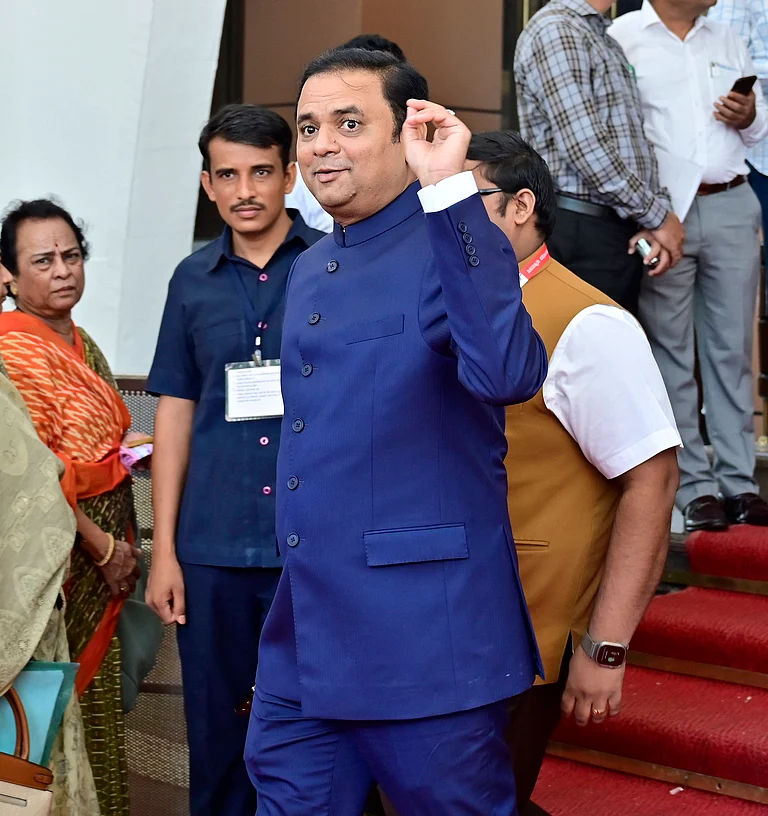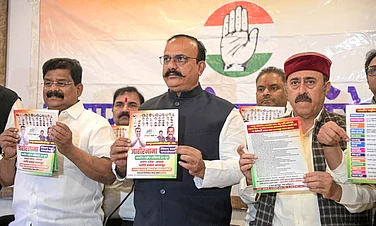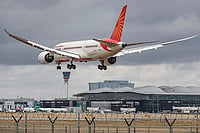In light of one of the most horrifying train accidents of recent times in Odisha's Balasore, the Railway Board has decided to amend the Indian Railway Financial Code so that signalling-related projects do not need to be financially remunerative.
The Balasore train mishap killed at least 293 people due to errors in the signalling system.
The Indian Railway Financial Code is known to set the rules to financially evaluate the viability of projects.
Financial code to be modified
It has been reported that after the modification, all signalling works would be included under the ‘Safety’ category and hence not required to have a positive rate of return.
According to the officials, the decision has been taken in a bid to ensure faster project approvals and execution for smooth snd error-free signalling and telecom works.
Installation of Kavach, which may cost around Rs 20 lakh per kilometer, is slated to be installed in phases along 34,000 km of railway tracks.
As per the official estimations, the indigenous automatic train protection system, Kavach will be cheaper than similar systems produced in other countries, especially in Europe.
Others projects are conisdered as well
Projects related to Electronic Interlocking (safety mechanism that ensures train movements continue without any conflicts, thus preventing accidents) will also be exempted from passing the financial viability test.
The other projects considered for the same include, projects related to mobile train communications systems, and those to acquire Remote Diagnostic and Predictive Maintenance Systems, which use Internet of Things-based data acquisition, machine learning, AI etc, and even technology upgrades related to existing assets, will also be free from the pressure to be remunerative.
Automatic Train Management Systems, installed mostly in suburban train networks and Centralised Traffic Control systems can be installed and upgraded without having to meet the return-on-investment norms.
These systems extend live signalling interlocking information to a centralized operations control room for decision-making based on real time movement of trains.


























